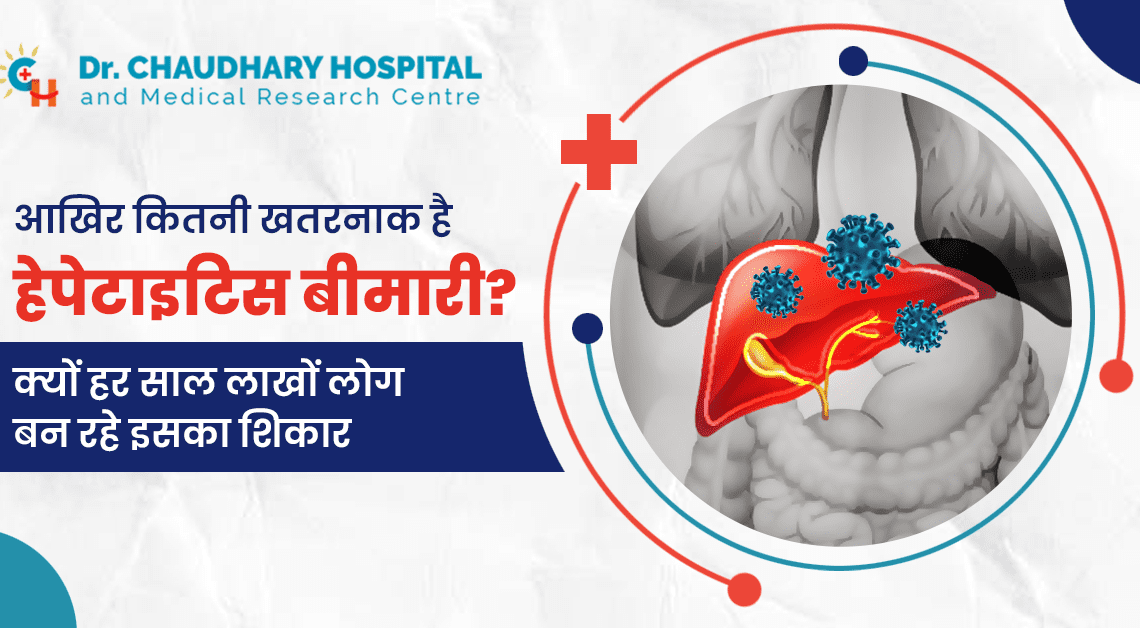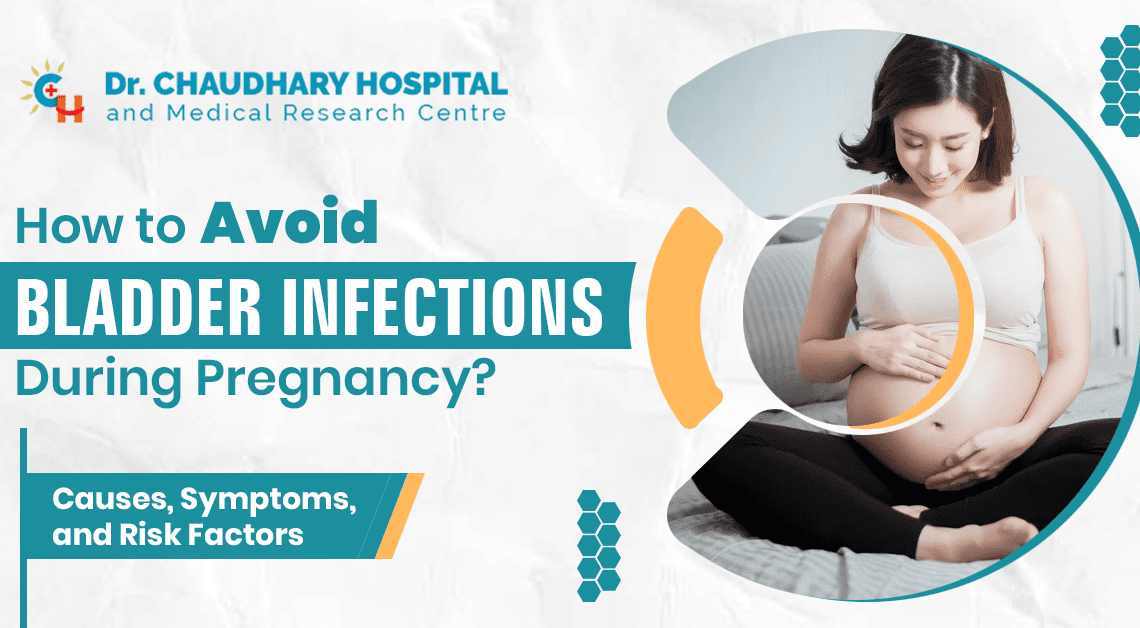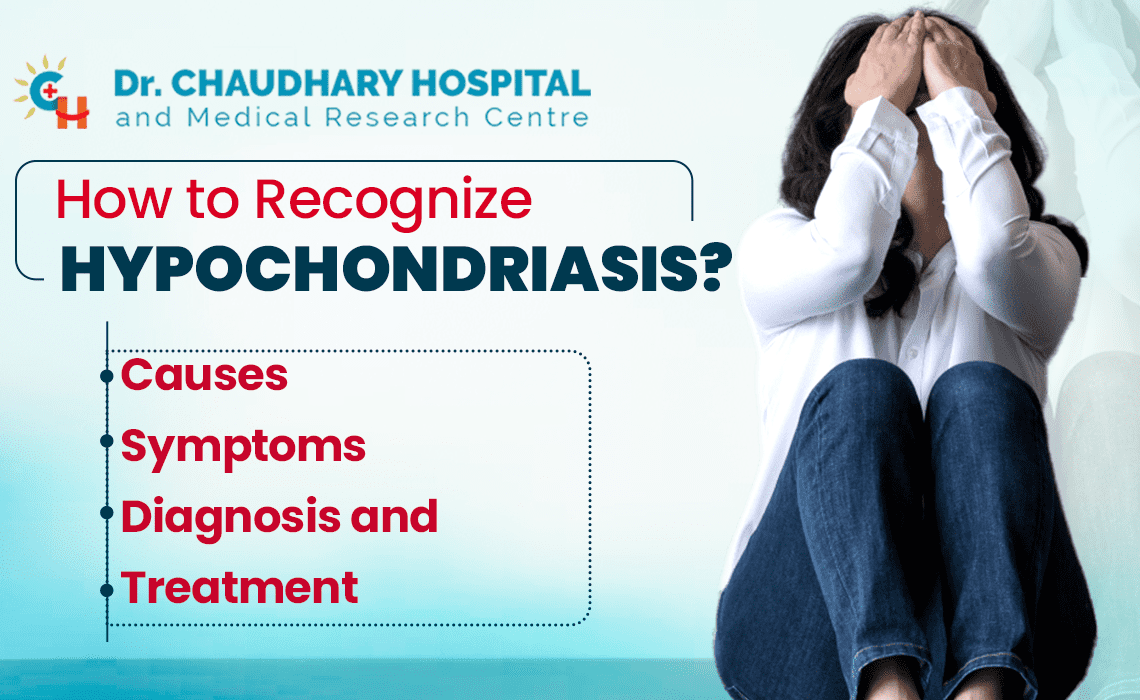इन दिनों बदलती लाइफस्टाइल में लोगों को कई बीमारियों ने घेर लिया है। इनमें से कुछ बीमारियां तो मौसमी होती हैं लेकिन कुछ इतनी गंभीर होती हैं जिनका असर कुछ समय बाद पता चलता है। जब तक इंसान उसे समझता है, तब तक बहुत देर हो चुकी होती है। ऐसी ही एक बीमारी है हेपेटाइटिस। बता दें हेपेटाइटिस लीवर से जुड़ी बीमारी है, जो वायरल संक्रमण की वजह से होती है। हर साल लाखों लोग इस बीमारी का शिकार होते हैं। इसे बीमारी के प्रति पूरी दुनिया की जनता को जागरूक करने लिए हर साल 28 जुलाई को ‘विश्व हेपेटाइटिस दिवस’ मनाया जाता है। आइए जानते हैं आखिर हेपेटाइटिस बीमारी होती क्या है, हेपेटाइटिस कितने प्रकार का होता है, हेपेटाइटिस के लक्षण, हेपेटाइटिस से बचाव, हेपेटाइटिस का इलाज आदि।
हेपेटाइटिस क्या है?
इन दिनों गलत खानपान के कारण ब्लड प्रेशर, शुगर, ओबेसिटी जैसी बीमारियां आम होती जा रही हैं। इससे शरीर के हर अंग को नुकसान पहुँचता है। इस दौरान हेपेटाइटिस होने का खतरा भी बढ़ जाता है। हेपेटाइटिस मूल रूप से लीवर से जुड़ी बीमारी है। यह किसी वायरल इन्फेक्शन के कारण होती है। इस बीमारी से लीवर में सूजन आ जाती है, जिससे वजह शरीर में मौजूद सेल्स को नुकसान पहुंचता है। फिर धीरे-धीरे ये बीमारी शरीर के सभी अंगों को प्रभावित करना शुरू कर देती है। यदि सही समय पर टेस्ट करके हेपेटाइटस बीमारी का पता नहीं लगाया गया और इलाज शुरू नहीं किया गया तो इससे इंसान की मौत भी हो सकती है।
हेपेटाइटिस कितने प्रकार की होती है?
हेपेटाइटिस बीमारी 5 प्रकार की होती है-
- हेपेटाइटिस ए (Hepatitis A)r
- हेपेटाइटिस बी (Hepatitis B)
- हेपेटाइटिस सी (Hepatitis C)
- हेपेटाइटिस डी (Hepatitis D)
- हेपेटाइटिस ई (Hepatitis E)
हेपेटाइटिस बीमारी किस कारण से होती है?
हेपेटाइटिस A
हेपेटाइटिस वैसे तो वायरल इन्फेक्शन के कारण होती है। हेपेटाइटिस A सबसे ज्यादा वायरल इन्फेक्शन के कारण होता है। खासतौर से दूषित खाने और दूषित पानी के सेवन से इसका खतरा रहता है।
हेपेटाइटिस B
हेपेटाइटिस B संक्रमित खून, सिमेन या फिर किसी दूसरे फ्लूइड के एक्सपोजर के कारण होता है। आमतौर पर लोग इसका शिकार होते हैं।
हेपेटाइटिस C
संक्रमित खून या संक्रमित इंजेक्शन का इस्तेमाल करने से हेपेटाइटिस C होता है।
हेपेटाइटिस D
हेपेटाइटिस D HIV वायरस के कारण होता है। दरअसल, जो लोग पहले से ही HIV वायरस से ग्रसित हैं, वह इस वायरस से भी तुरंत संक्रमित हो सकते हैं। जब HDV और HBV दोनों ही वायरस एक साथ हो जाते हैं तो ऐसी स्थिति में मरीज ज्यादा गंभीर स्थिति में पहुँच जाता है।
हेपेटाइटिस E
HIV वायरस के कारण ही हेपेटाइटिस E भी होता है। ज्यादातर देशों में विषैले पानी और खाने के कारण ये वायरस फैलता है।
अन्य कारण
इसके अलावा अल्कोहल का सेवन, टॉक्सिन्, कुछ दवा और खास मेडिकल स्थितियों में भी हेपेटाइटिस हो जाता है। साथ ही हेपेटाइटिस फैलने के कुछ अन्य कारण मां से बच्चे में वायरस का ट्रांसमिशन, असुरक्षित यौन संबंध, असुरक्षित सुइयों का इस्तेमाल करना भी है।
हेपेटाइटिस के क्या लक्षण हैं?
- पेट दर्द और सूजन होना
- सिर दर्द व चक्कर आना
- पेशाब का रंग बदलना
- अचानक वजन कम होना
- पीलिया होना
- कई सप्ताह तक बुखार बने रहना
- हर वक्त थकान महसूस होना
- त्वचा की रंगत पीली होना
- आंखों का सफेद हिस्से पीला पड़ जाना
- भूख न लगना
- उल्टी आना या जी मिचलाना आदि
कैसे फैलता है हेपेटाइटिस?
जब लीवर में सूजन होने लगती है तो उसे हेपेटाइटिस कहा जाता है। इससे लीवर डैमेज होने लगता है और साथ ही लीवर का कार्य प्रभावित होने लगता है। ज्यादा शराब के सेवन से, विषैले पदार्थ के सेवन से, ख़राब दवाएं, अन्य मेडिकल गलतियां, असुरक्षित यौन संबंध आदि से हेपेटाइटिस की बीमारी फैलने लगती है।
हेपेटाइटिस से कैसे बचें?
- हमेशा स्वस्थ भोजन करें।
- साफ़ और नए इंजेक्शन का प्रयोग करें।
- किसी और की रेजर या ब्लेड का उपयोग ना करें।
- सेफ संबंध बनाएं।
- टैटू के समय इस्तेमाल होने वाले औजार साफ़ इस्तेमाल करें।
- बच्चों को सही समय पर हेपेटाइटिस बी का टीका जरूर लगवाएं।
हेपेटाइटिस चेक करने के लिए कौनसे टेस्ट कराने होंगे?
- लीवर फंक्शन टेस्ट
- सोनोग्राफी
- पेट का अल्टासाउंड
- लिवर बायोप्सी
- कुछ ब्लड टेस्ट
ये टेस्ट कराने से पहले आप डॉक्टर की सलाह जरूर लें लें।
हेपेटाइटिस का इलाज क्या है?
हेपेटाइटिस अलग-अलग प्रकार का होता है। ऐसे में हर व्यक्ति का इलाज भी उसकी बीमारी के आधार पर हो सकता है। डॉक्टर सबसे पहले मरीज को हेपेटाइटिस से संबंधित सभी जांच यानी पेट का अल्ट्रासाउंड, लीवर फंक्शन टेस्ट, लिवर बायोप्सी, मार्कर टेस्ट और ब्लड टेस्ट आदि करवाने की सलाह देते हैं। इन जांच के आधार पर इलाज शुरू होता है। दवाइयों के अलावा अच्छी डाइट और लाइफस्टाइल में सुधार से भी आप हेपेटाइटिस जैसी बीमारी को खत्म कर सकते हैं।
हेपेटाइटिस से संक्रमित व्यक्ति को किन चीजों से परहेज करना चाहिए?
शराब, सिगरेट, स्पाइसी चीजें, पिज्जा, बर्गर, जंक फ़ूड, तला गला खाना, बासी खाना, फ़ास्ट फ़ूड आदि चीजों के सेवन से परहेज करना चाहिए। इसके अलावा नमक का सेवन भी कम करना चाहिए। दरअसल, नमक शरीर में सोडियम की मात्रा बढ़ाता है। हेपेटाइटिस के मरीजों के शरीर में शुगर की मात्रा नियंत्रण में रहनी चाहिए।
हेपेटाइटिस बीमारी कितने दिन में ठीक होती है?
ये आपके इलाज पर और साथ ही बीमारी के प्रकार पर निर्भर करता है कि हेपेटाइटिस कितने दिन में ठीक हो सकती है। यदि सही समय पर बीमारी का इलाज शुरू हो जाए हेपेटाइटिस को ठीक होने में 5 से 6 महीने लग सकते हैं। साथ ही जड़ से खत्म होने में एक साल भी लग सकता है।
हेपेटाइटिस में किन चीजों का सेवन करना चाहिए?
साबुत और सख्त अनाज यानी होल ग्रेन हेपेटाइटिस के मरीजों के लिए सबसे अच्छा स्वस्थ अनाज माना जाता है।
हेपेटाइटिस के मरीज आटे की ब्रेड, दलिया, ब्राउन राइस, होल ग्रेन पास्ता, बाजरे की खिचड़ी, चावल की खिचड़ी, सोयाबीन, आदि का सेवन कर सकते हैं।
इसके अलावा हेपेटाइटिस के मरीज ओट्स, राई और कॉर्न जैसी स्वस्थ चीजें भी खा सकते हैं।
अस्वीकरण
इस लेख में दी गई सलाह, जानकारी और सुझाव सिर्फ एक सूचना देने के उद्देश्य से दी गई है। इसे आप पेशेवर चिकित्सा सलाह के रूप में नहीं ले सकते हैं। ना ही हमारी वेबसाइट इस लेख में दी गई सूचना को लेकर किसी तरह का दावा करती है। इस बीमारी से संबंधित अधिक जानकारी के लिए आप अपने डॉक्टर से जरूर सलाह लें।



